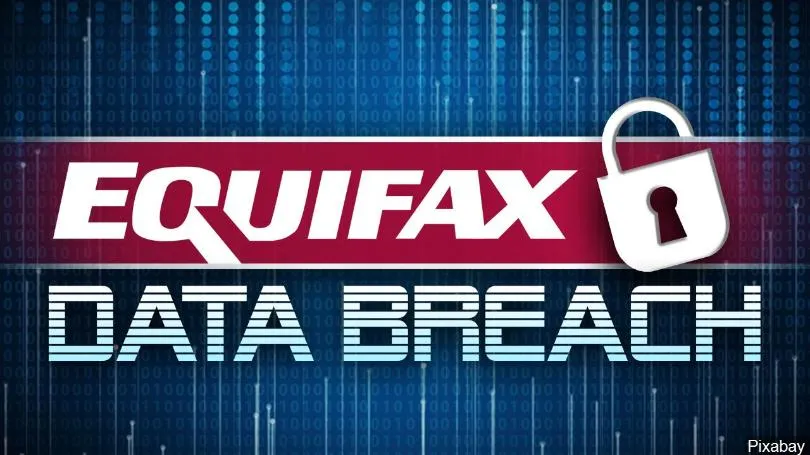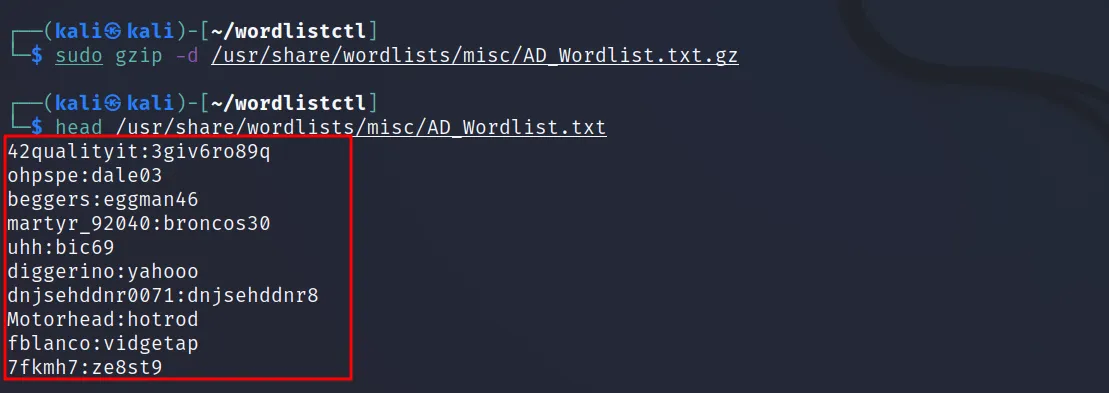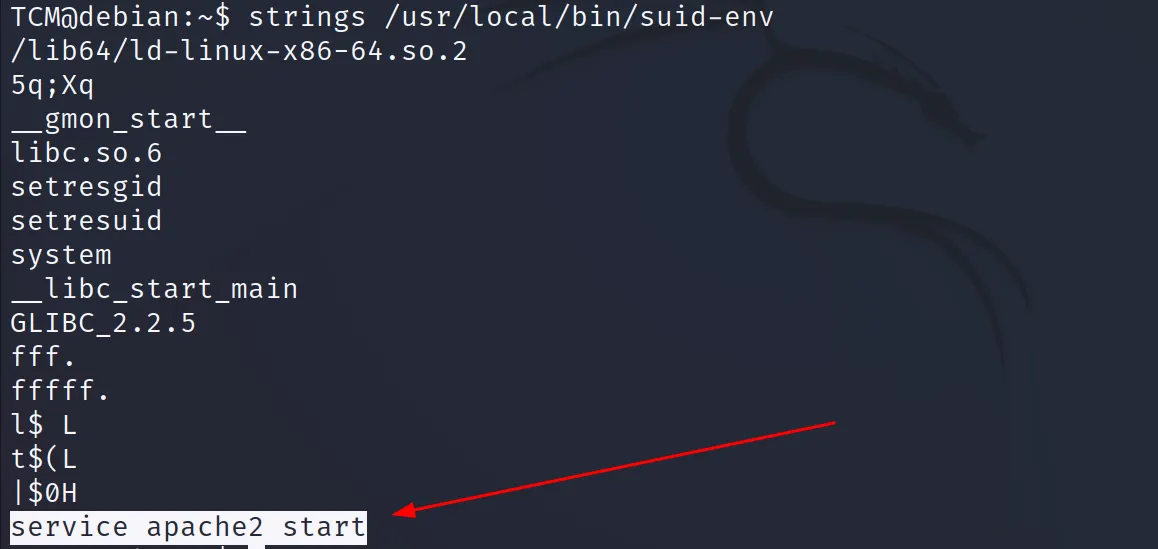An iconic data breach worth studying
Hello, Hoodies!
I’ve been WAITING to bring you this stack!
No matter who you are, it’s good to know HOW and WHY hacks happen.
For the next 4 weeks, I’ll be bringing you a new data breach in our History of Hacking series.
Data breaches happen all the time and while many come and go, some remain an infamous symbol of the industry.
Perhaps none are greater that the TARGET HACK.
Originally broke by Brian Krebs (someone I know personally), this story is one for the ages.
We won’t get too technical here, but it should be a good read nonetheless.
If this is your jam, consider starting your career in cybersecurity!
We just launched registration for the second cohort of the Zero to Hoodie Cybersecurity Bootcamp and have already sold seats! This college replacement is the best $5k you’ll ever spend. Pick up your seat here:
https:// bowtiedcyber.gumroad.com/l/bootcamp
Or if self study is more your speed, upgrade to a PAID HOODIE in the STACK for just $20/month and start your Cyber Career in as little as 8 weeks.
Includes the ENTIRE ARCHIVE of content, exclusive discord access, and a digital hug from me 🙂
Now, let’s dive in
2013 Target Hack: Anatomy of the Attack and the Loopholes Still Existing
In 2013, Target had a data breach that resulted in the theft of more than 40 million consumer credit and debit card accounts. The credentials of a third-party provider “Pennsylvania HVAC company” provided the hackers with access to Target’s computer systems. Once inside, they put malware on the point-of-sale systems used by Target, which gave them access to consumer information and allowed them to steal it.
The damage caused by this breach to Target was catastrophic. The total cost of the breach that the corporation suffered was $202 million, and the harm to its reputation was extensive. Even though Target has taken measures to strengthen its security since 2013, the data breach that occurred in 2013 reminds us of how important it is to safeguard your systems from cyber assaults.
The company’s owner must take the necessary precautions to secure the clients’ personal information. Also, the clients should be aware that hackers constantly seek new ways to steal their data, so maintain vigilance and guard the privacy of their personal information.
2013 Target Hack: Why did it Happen?
The data breach at Target, which took place in 2013, was one of the largest in the history of data breaches. The hackers successfully stole millions of people’s personally identifiable information. It is still unclear why the incident occurred. However, it is thought that the “information stolen included customer names, credit or debit card number, the card’s expiration date and CVV (card verification value).” Forbes.com.
Several hypotheses remain about why the hackers may have chosen to attack Target, even though the primary motivation behind the Target breach is still a mystery. One explanation suggests that Target’s customers’ credit and debit card information was essential to the individuals who broke into the company.
The possibility is also that the hackers were attempting to acquire access to Target’s customer database to steal information from it and sell it on the dark web. Regardless of the motivation behind the Target hack, the fact remains that it was a severe security breach that had a tremendous impact on the firm and its clients.
Who was to Blame for the Data Breach at Target in 2013?
In a May federal court trial in Alexandria, a 37-years-old computer programmer Ruslan Bondars (referred to as “Profile 958” in court documents), was found guilty of the 2013 data breach. This Latvian citizen was sentenced to 14 years of prison for a program design that the hackers used to improve malware. Target is seeking reparations from Bondars, albeit the payment amount has not yet been determined.
Where did Target go Wrong?
How a corporation reacts to the discovery of a malware infection makes a significant difference in how an attack may affect the firm’s customers and operations. The initial reaction is one of the areas in which Target underperformed, even though it is essential to limit the effects of a malware attack.
Target ignored many warnings from its systems and didn’t find out about the security vulnerability until the Department of Justice contacted them. Their monitoring program, called FireEye, triggered an alarm sent to Target employees in Bangalore, India, who then told Target employees in Minneapolis; nevertheless, no action was taken.
Their data was accessible in memory, where it was not encrypted, even though Target is said to have spent a significant amount of money on security equipment that utilizes encryption.
How Did Target Recover from the Cyberattack Of 2013?
Hackers gained access to the personal information of millions of Target customers in 2013 due to a significant data breach that occurred at the retailer. Since then, the firm has implemented new measures to strengthen its security and safeguard its clients’ data.
Target has put in place a variety of safety precautions to reduce the likelihood of another data breach occurring at the company. The organization has upgraded its point-of-sale and network security systems and deployed new data encryption protocols.
Target has also established a specialized team of security professionals to monitor its systems and locate any security flaws.
Despite these precautions, Target is not the first corporation that has been the victim of a hacking attack in recent years. Hacking is becoming more widespread, with prominent firms such as Yahoo!, Equifax, and Deloitte all falling prey to cybercriminals.
Because hacking methods are becoming increasingly complex, it is essential for businesses to regularly upgrade their security procedures to safeguard the information of their clients.
Does the Target Data Breach of 2013 Still Have any Effects in 2022?
The impact of the Target hack has significantly waned over time, but some effects still can be seen even though it has been over ten years since the incident occurred.
Many individuals are still reluctant to use their credit cards or go shopping online because they fear having their identity stolen.
In addition, businesses have been forced to beef up their security procedures to reduce the likelihood of future breaches of the exact nature. Consequently, customers may discover that they must go through additional hoops when using their credit cards or purchasing online.
To What Extent is it Possible to Stop the Data Breach?
A multi-layered security plan would have better protected Target, and its customers had the incident not occurred. Considering Target’s steps gone wrong, the following things can be done to avoid any data breach.
Concentrate on any Potential Weaknesses
While PCI compliance was a primary emphasis for Target, some dangers aren’t covered by PCI. In addition, standards can tip off potential attackers as to what security precautions a company has taken, increasing the likelihood that they would target weaknesses not included in PCI’s compliance requirements.
So, concentrating on potential weaknesses other than PCI can be a way out from these big data breaches.
Use Tokenization in the System
For encryption to be successful, the SANS Reading Room advises, “you must deploy an in-depth defensive plan in which you additionally secure the key and prevent access to systems where the data has to be decrypted to be processed.“
Tokenization’s use in situations like the Target hack is vital in keeping customers’ data safe. Customer data can be swapped out with one-of-a-kind tokens that cannot be decrypted, eliminating the need for simple encryption.
Bottom Line
In 2013, Target fell victim to one of the most significant data breaches in history. Hackers could gain access to the personal information of over 40 million people, including credit and debit card numbers.
The fallout from the breach was significant. Target’s sales hit, and the company had to spend millions of dollars on security upgrades and legal fees. The incident still has some effects in the year 2022 and raised questions about online safety.
If this interests you, I strongly recommend that you do further research on this hack because it is FASCINATING.
Check out the leaked reports on the Verizon Pentest they did for Target after the breach because they are SO JUICY.
That’s all for this one.
Keep grinding, Hoodies.
WAGMI
Your fren,
-Cyber








